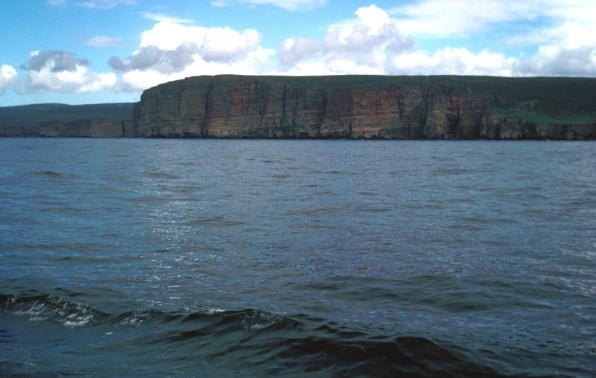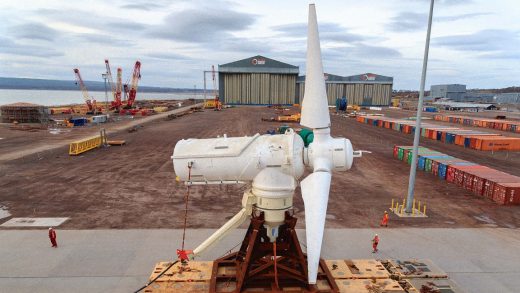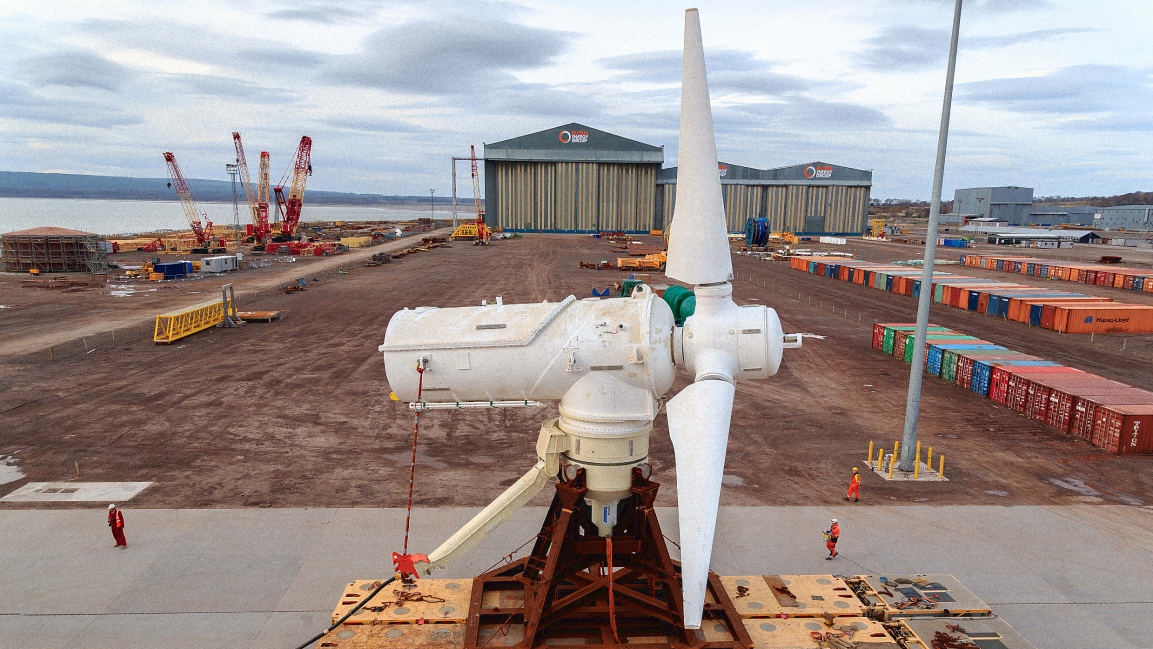Forget wind turbines. Start harnessing the tides for energy
The U.K.’s annual electricity demand is expected to more than double by 2050. To meet this daunting target without relying on fossil fuels, the government is betting big on wind power—one of the cheapest forms of renewable power available.
But in August and September 2021, calm weather caused wind energy generation to drop 60% below the seasonal average. Planned and unplanned outages of nuclear power plus high demand for natural gas compounded the problem, resulting in network operators restarting coal power stations and energy companies raising prices.
As hosts of COP26 in Glasgow—the 26th United Nations climate change summit—the U.K. has framed the negotiations as a chance to show that “science and innovation can deliver climate solutions.” Established energy sources such as offshore wind will play a big role in decarbonising the economy and slowing climate change. But how can a fully net-zero grid guarantee electricity when the wind drops again in the future?
There’s another way of generating clean energy that the U.K. has so far failed to exploit: tidal stream power.
Harnessing the tides
The U.K. has two high tides and two low tides each day. This movement of water is created by the gravitational force of the moon and sun and the rotation of the Earth. In places like the Pentland Firth in northern Scotland, islands funnel and speed up these tidal flows. Tidal stream turbines are designed to work in these turbulent waters to generate electricity.

[Photo: Roger McLassus/Wiki Commons]
Tidal stream turbines work in a similar way to wind turbines—they even look alike. Wind turbines use the wind blowing over their blades to create a lift force, behaving like an airplane wing. One end of the turbine blade is connected to the hub of the rotor, so the lift force on the blades causes them to rotate. This turns a generator, producing electricity.
Tidal stream turbines do the same thing underwater using tidal flows instead of the wind. Most tidal stream turbines that have been installed so far sit on the sea floor, but some designs connect the turbines to a floating structure, making it easier for engineers to maintain them.
Tides come in and out like clockwork. That means, unlike most renewable energy sources, it’s possible to predict how much power tidal stream turbines will generate this time tomorrow, next week, next year, even 10 years from now. This makes it easier to match supply with demand and plan for the outages of other sources.
In a new review, my colleagues and I showed that the U.K. and British Channel Islands can generate 11% of their shared electricity demand each year using tidal stream turbines. This would require installing 11.5 gigawatt’s worth of energy in the strongest tidal streams—roughly the same as the installed capacity of offshore wind in the U.K. to date. It took the offshore wind industry in the U.K. 20 years to reach this level. If tidal stream power is going to contribute to the country’s future electricity needs, turbine installations must be ramped up soon.
So what’s needed to unlock its potential?
Getting tidal power afloat
One reason tidal stream power projects are so rare is that construction can only begin once there is solid evidence turbines will not significantly harm the environment. The risk of marine animals colliding with turbine blades, for example, is difficult to quantify, because monitoring their behavior around turbines requires a lot of work that is difficult to do underwater.
A recent study described marine mammals near a tidal stream turbine in the Pentland Firth over 451 days. On 344 occasions when porpoises swam close to the turbine, none of them passed through the rotor while it was rotating. Most of the time, the porpoises gave the turbine a wide berth.
Some scientists worry large arrays of underwater turbines might prevent water mixing between the ocean bottom and the surface, which is important for the cycling of nutrients in marine ecosystems. But research has shown that these potential effects are likely to be an order of magnitude less than the same ones expected due to climate change.
Mainly though, tidal stream power is very expensive to install. Wind and solar energy were too once, but these costs fell as governments invested in them. Investment pays for the installation of new projects and the subsequent learning process cuts costs in the future. U.K. government funding has provided a secure revenue stream for over 10 gigawatts of offshore wind energy projects, but funding for tidal stream power amounts to less than 1% of this. Even with that modest support, the first 8 megawatts of tidal stream power installed in the U.K. cut the cost of generating energy this way by 25%.
Three tidal stream projects that total 124 megawatts are eligible to bid for funding support in the next auction round, scheduled for December. We estimated that installing them would reduce tidal stream’s cost by roughly 40%, making it competitive with combined cycle gas turbines and biomass. This would only amount to 1% of the U.K.’s installed offshore wind capacity, and just 1% of tidal stream’s 11.5 gigawatt potential. Clearly, costs can be expected to fall much further.
The government funding rules dictate that tidal stream projects must bid for support against projects using cheaper technologies that have less potential to reduce costs in the future. Floating offshore wind farms would face a similar dilemma, but have been guaranteed separate funding by the government, giving it a route to market and cost reduction.
At COP26, the U.K. government should deliver on its fine words about science and innovation and provide the funding needed to unlock tidal stream energy’s potential.
Danny Coles is a research fellow in tidal stream energy at the University of Plymouth. This article is republished from The Conversation under a Creative Commons license. Read the original article.
(55)



